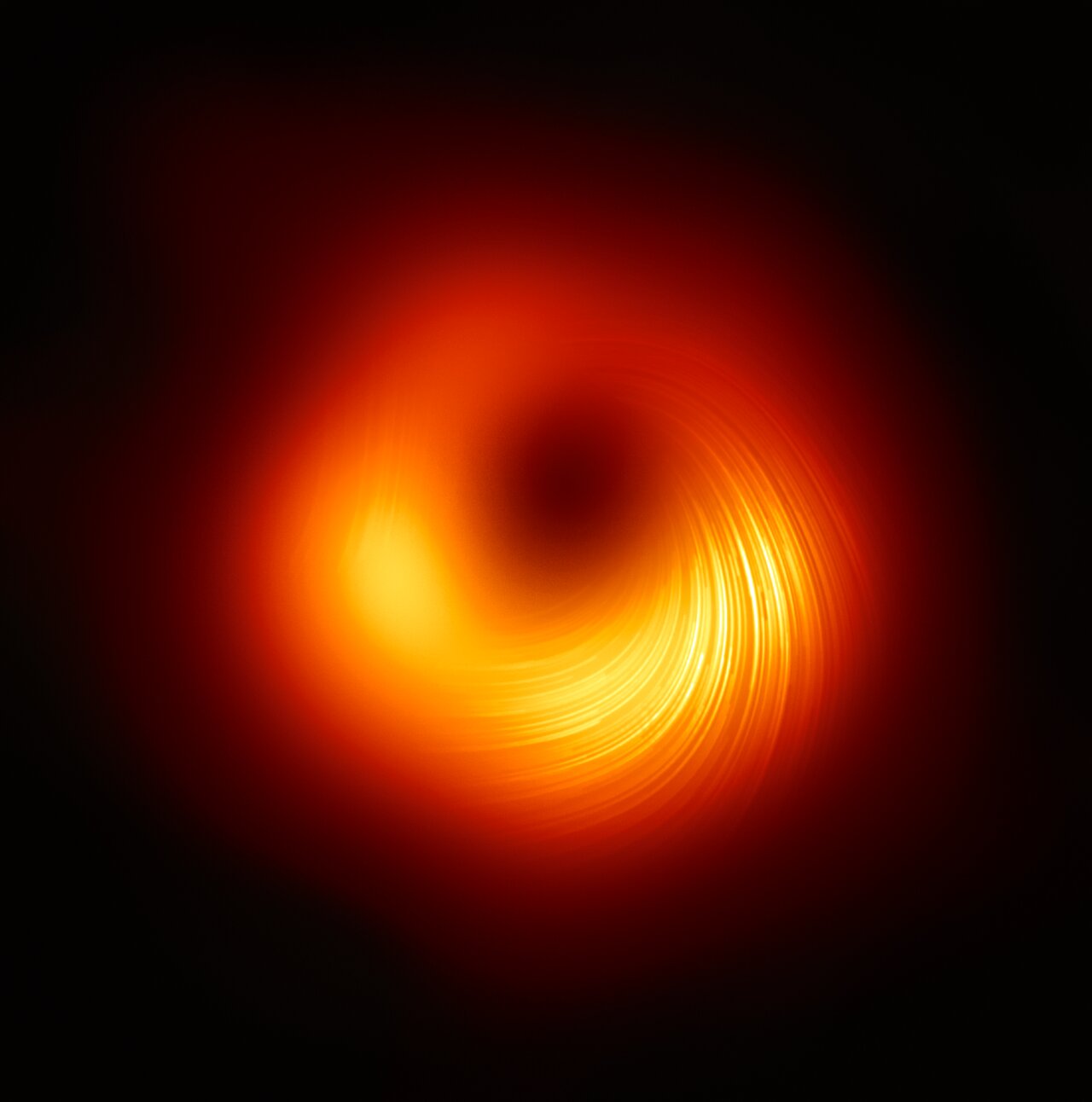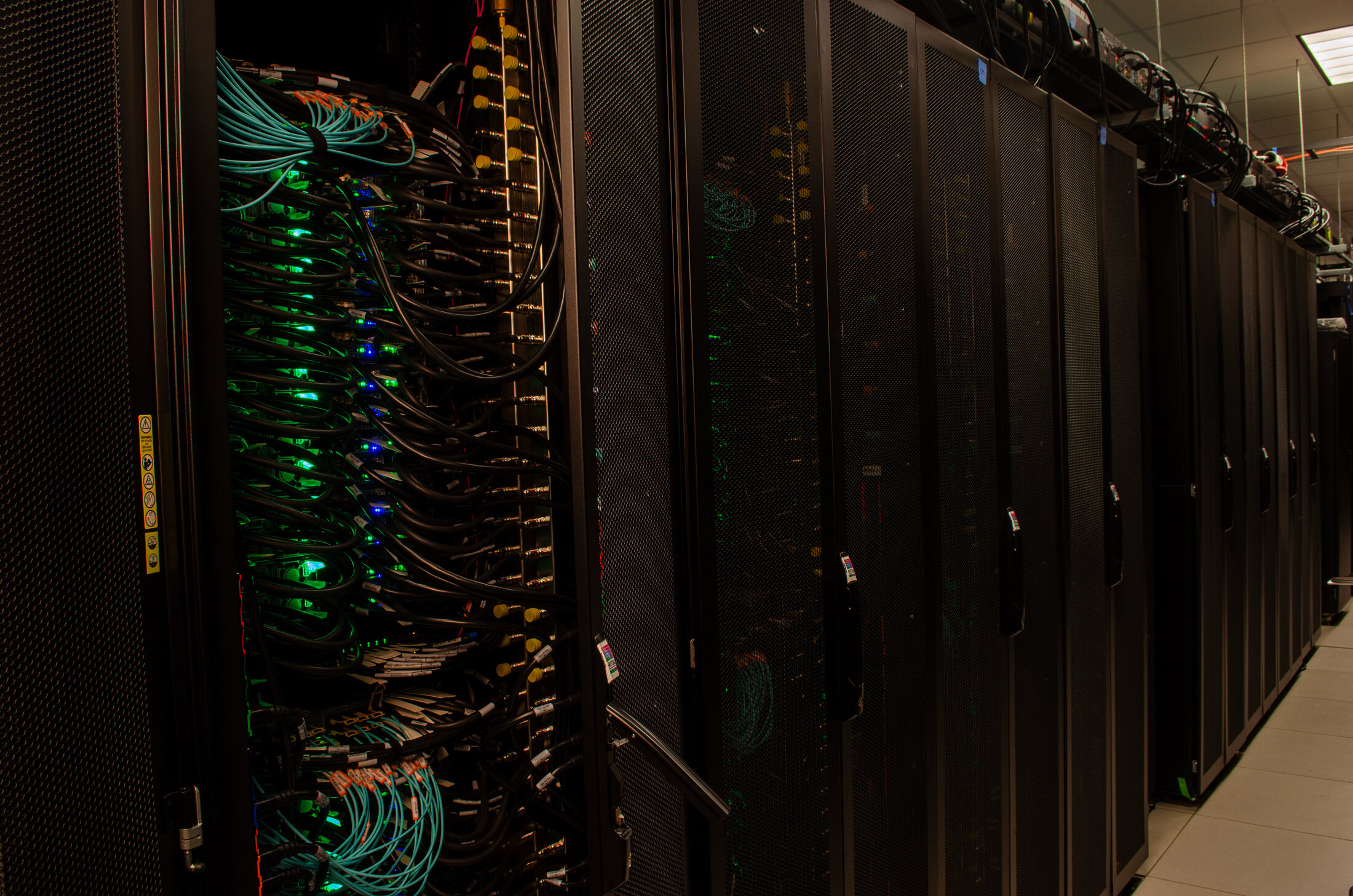⚫ These cold electrons challenge our understanding of black holes
Published by Adrien,
Source: Monthly Notices of the Royal Astronomical Society
Other Languages: FR, DE, ES, PT
Source: Monthly Notices of the Royal Astronomical Society
Other Languages: FR, DE, ES, PT
Follow us on Google News (click on ☆)

This image provides a polarized view of the M87 black hole. The lines indicate the polarization orientation, closely linked to the magnetic field surrounding the black hole's shadow.
Credit: EHT Collaboration
Andrew Chael, a researcher at Princeton University, explains that these simulations allow the study of interactions between plasma, magnetic fields, and gravity. These elements interact dynamically, influencing how black holes absorb matter and emit particle jets.
Chael's work, published in the Monthly Notices of the Royal Astronomical Society, focuses on the temperature of electrons and protons around the black hole. These parameters help explain the brightness and polarization of the observed image.
The polarization of light around a black hole reveals information about the structure of magnetic fields. This data helps us understand how black holes accrete matter and emit jets.
The simulations show that electrons are significantly colder than expected. This discovery challenges current knowledge by contradicting existing electron heating models. It could lead to a revision of our understanding of physical processes near black holes.

The Stampede3 supercomputer at TACC is a national strategic resource used by thousands of scientists.
Credit: TACC
The Event Horizon Telescope team continues to analyze data to create a video showing the black hole's evolution. This research could change our understanding of these extreme cosmic objects.